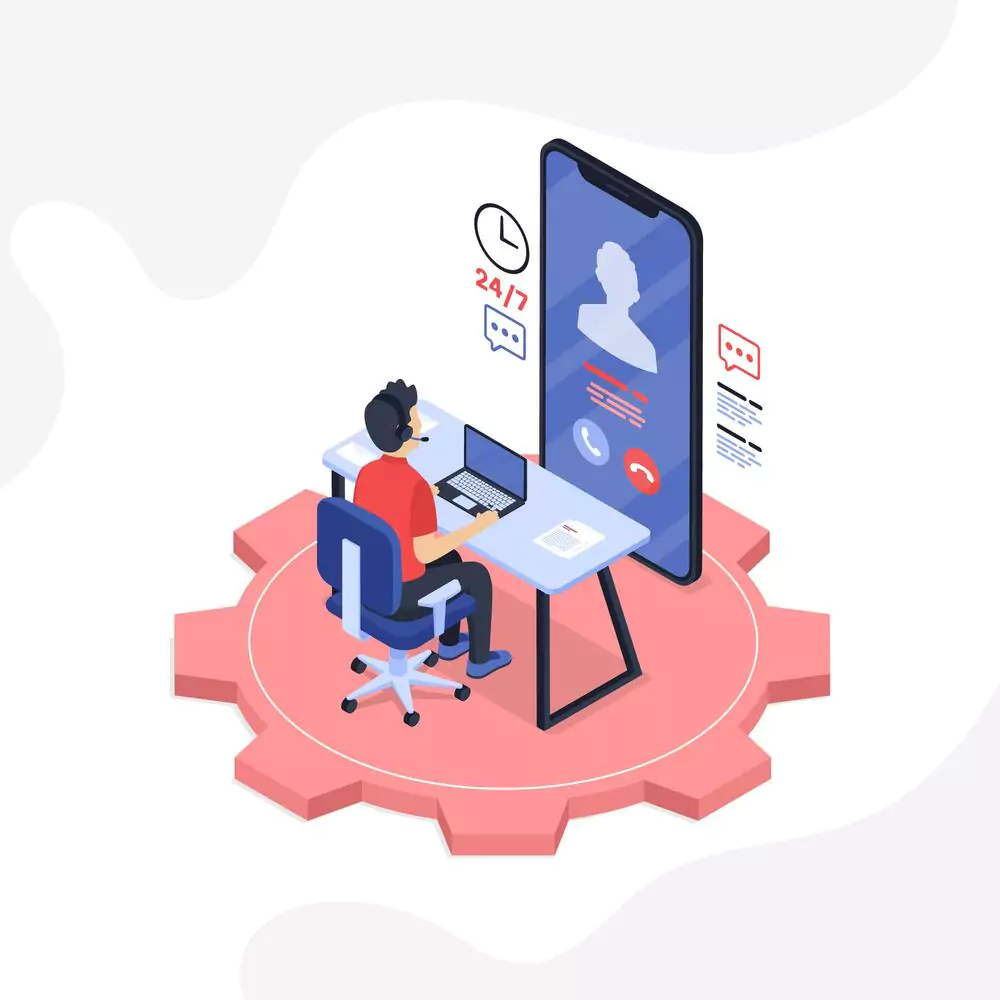The IVR system has been one of the important technologies of business communication that has evolved over the past 50 years. It has become a multi-faceted tool that has provided a growing platform for any size of business and industry. IVR number is a cloud-based communication solution that has been changing the dynamics of business communication. The journey from simple menus to advanced Al Integration has been quite a shift. The evolution of IVR is an interesting area of discussion and deliberation. The modern-day advanced Al-integrated IVR is far more advanced than the simpler menus.
The IVR system can be traced back to the 1930s when Bell Labs magnificently synthesised the human voice for the first time. This replicated the human voice that made way for modern IVR systems and created a wave in communication. Nevertheless, this technology was very expensive; it demanded extensive training which was a barrier to widespread acceptability and adaptation.
In the 1960s the very first contact centres were created in the United States that synthesised human voice that could be used at a large scale. The growth of home telephony services signified organisations to establish dedicated teams that can handle calls. This was done to improve the management of telephony-based enquiries and those who processed them. Unfortunately, businesses struggled to find a financially feasible means of hiring and retaining a large number of employees to meet the ever-growing call volume. Bell Labs again came to the rescue by integrating the development of telephony technologies that allowed the creation and expansion of call centres. This resulted in the introduction of touch-tone dialling for customers that allowed interaction with machines in a new way.
The 1980s witnessed further advancement in the IVR system technology. This improved the storage capacity which was an added benefit for any business that further benefited with the arrival of affordable computer systems. Newer technologies like the Computer Telephony Integration (CTI) and Speech-enabled IVR made the IVR number more versatile as well as capable. This was the early advancement in Al and machine learning that further advanced in the present time.
Present times have witnessed the use of IVR numbers for two major reasons: self-service for the customers and integrating the system into an omnichannel customer service system. This was to emphasise the importance of IVR as a key channel within a connected and networked customer service system rather than a stand-alone technology.
The evolution of IVR with Al integration is beneficial in the following ways:
1. Robotic Process Automation (RPA): Al IVR number can simplify tasks that are performed by agents. The bots focus on updating records, managing incidents and providing proactive outreach to the customers. It helps a business and the agents by simplifying the process by reducing repetitive transactions and suggesting simple processes to the customers for service delivery. It also reduces human dependency, eliminates the time-consuming process and accelerates the solution time for offering service.
2. Machine learning: Al IVR system helps to process large data sets of inbound and outbound calls. It offers machine learning support that can predict and analyse the common questions, repeated questions and responses. It supports any analysis or points missed by the agents. It also helps the IVR system with situations based on prior results to resolve customer problems.
3. Emotions and sentiment analytics: Al IVR system can benefit as it uses sentiment and emotion analytics that prepare the agents to communicate with the customer. As the technology recognizes the mood of the customer, the communication can be directed to interject and de-escalate the situation. It helps a business to get honest and satisfied feedback from the customer. Many industries have been using this feature that increases customer engagement rates and also enhances customer satisfaction. As each business aims to increase customer satisfaction through customer service, this feature aids in enhancing it by preparing the agents accordingly. This was not possible with a simple IVR menu and thus these feature strategies personalised service delivery and communication.
4. Multiple features: IVR service providers also offer various features like Speech-to-Text (STT), Text-to-Speech (TTS), Natural Language Processing (NLP) and Dialog Flow. SST enables conversion of human speech to text automatically, TTS converts text to speech that resembles a human voice; while NLP processes text or speech automatically using the AL-powered software. Dialog Flow allows the users to design, build and integrate conversational interfaces into applications.

